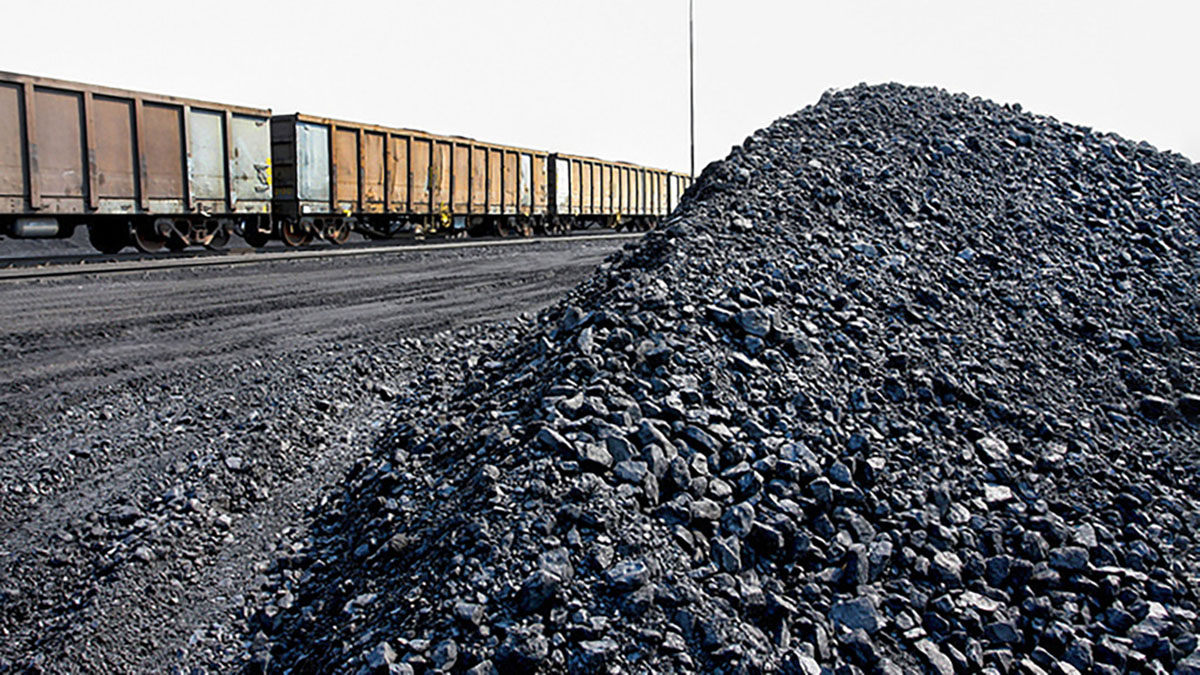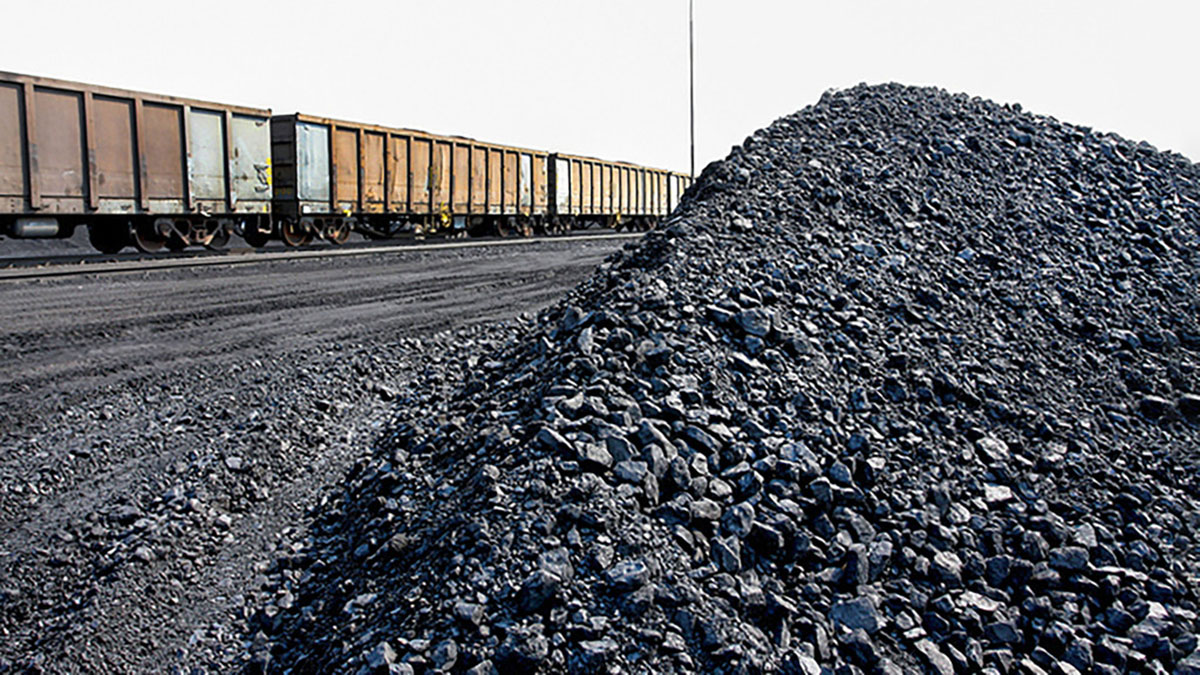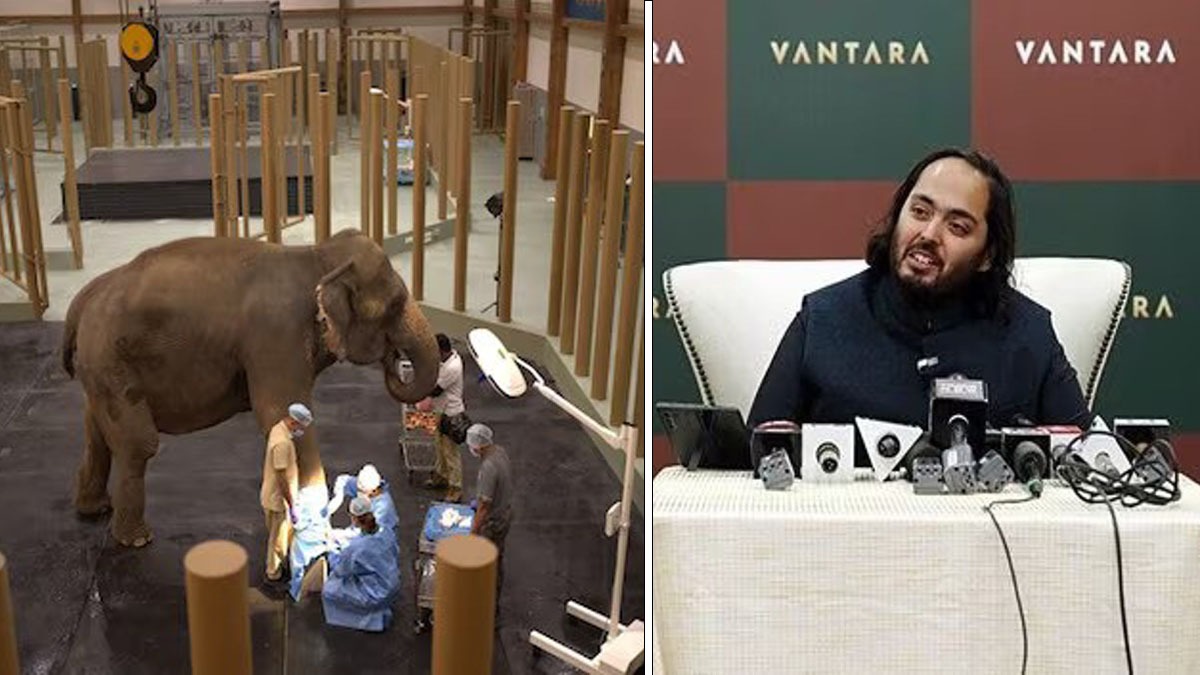Stating the green revolution that transformed farm output in the Asia-Pacific region was heavily relied on mono-cropping and use of fertilisers and pesticides, the UN body FAO has called for embracing climate-sensitive innovations and technologies to sustainably meet the increasingly complex demands of a nutrient-deficient world.
The green revolution was a period in 1960s when the productivity of global agriculture increased drastically as a result of new advances such as high-yielding variety (HYV), fertiliser and irrigation methods.
FAO Assistant Director-General and Regional Representative for Asia and the Pacific Kundhavi Kadiresan said while the green revolution was fundamental in increasing food production, it also relied heavily on mono-cropping and the extensive use and, in many cases, overuse of chemical fertilisers and pesticides which, over time, degraded soil, polluted water and undermined biodiversity.
“The global trends of a growing inequality, shifting demographics, increasing urbanisation and changing climate have created a global challenge. We have to increase food production while protecting the environment from biodiversity loss and climate change,” he said.
He said while addressing a special meeting organised to commemorate 30 years of development achievement of Chennai-based M S Swaminathan Research Foundation. Agri-scientist M S Swaminathan is called the father of India’s green revolution.
In order to sustainably increase food production, while streamlining food systems, the Food and Agriculture Organization (FAO) has called for greater deployment, and a scaling-up of, accessible digital and data-intensive technologies to be readily available to small-scale farmers, fishers and foresters.
Under sustainable agriculture, the only input to use intensively would be data, while minimising the use of physical inputs (fertiliser, chemicals, or water) while using proven techniques such as intercropping, crop rotation, low-tillage and integrated pest management, a statement said.
“To feed a burgeoning global population with nutritious food, we have to consider the symbiotic relationships between agriculture, biodiversity and climate change. We have to look at the enabling factors of science, technology and innovation, of synergies and efficiencies through partnerships and investment, and of empowering women and youth to increase the viability of farming,” Kadiresan said.
There are many examples already, from the use of on-farm sensors for real-time management of crop and livestock systems, to the mapping of soil nutrition status which allows for more targeted and effective nutrient management practices.
Using wireless sensors to monitor environmental conditions such as soil moisture, allowing for more efficient water use and using digital technology to monitor the weather and provide early warning services are important resilience-boosting tools, the FAO added.
In order to help achieve the world’s Sustainable Development Goals (SDGs) by 2030, the FAO said it is committed to promoting inclusive and sustainable agriculture that delivers healthy diets, that is resilient to climate shocks, and is supportive of biodiversity conservation.


)




)
)
)
)
)
)
)
)